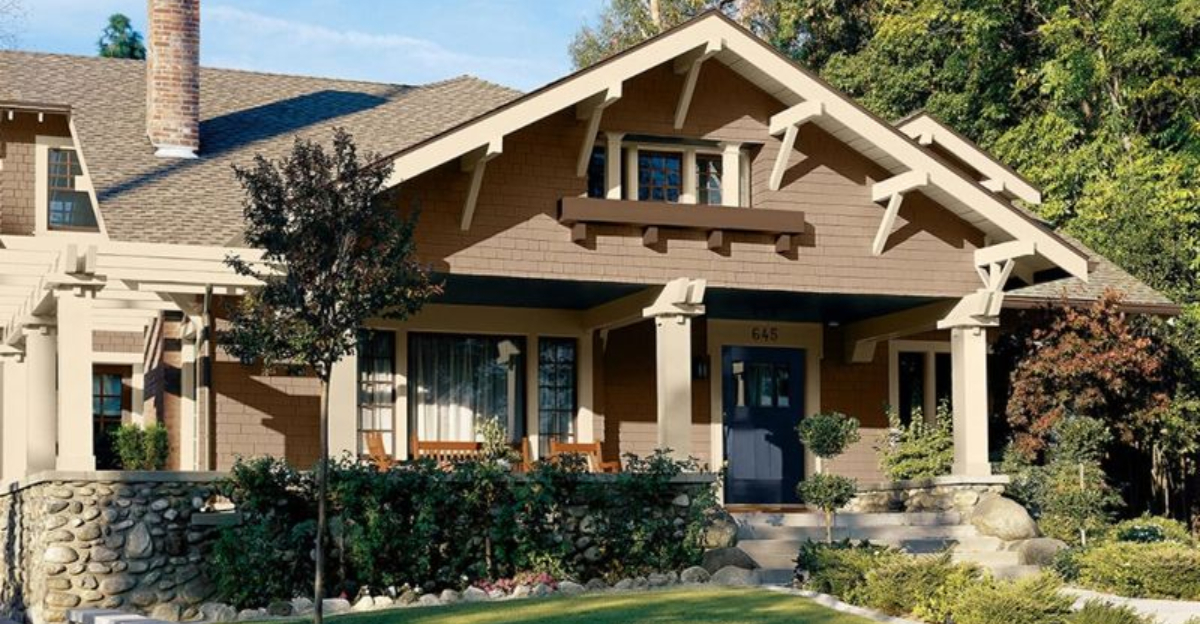Craftsman homes have become a beloved staple in American neighborhoods since they first appeared in the early 1900s. With their distinctive features and cozy charm, these architectural gems continue to captivate homeowners across the country.
The enduring appeal of Craftsman-style houses goes beyond mere trends, representing a perfect blend of beauty, function, and accessibility that resonates with American values.
1. Timeless Curb Appeal
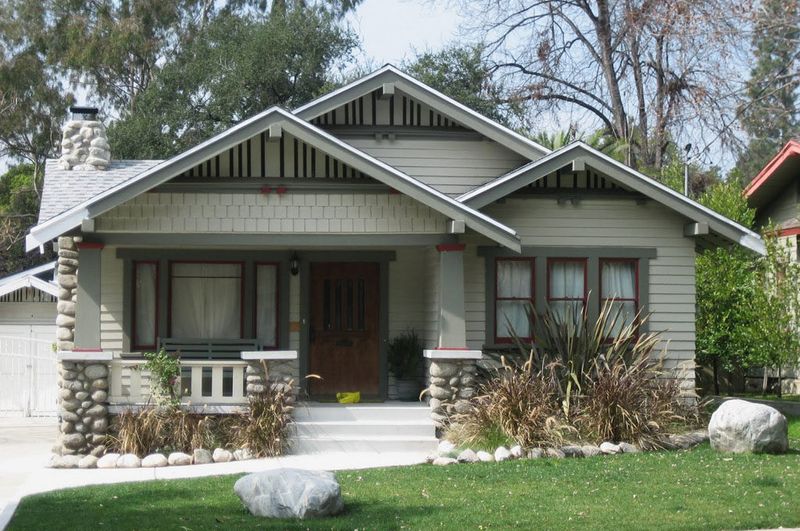
Walking down any historic American neighborhood, you’ll spot those unmistakable low-pitched roofs and wide front porches that make Craftsman homes instantly recognizable.
Unlike fleeting architectural fads, the balanced proportions and honest materials of these homes have maintained their appeal for over a century. Simple yet striking, they manage to look both classic and contemporary at once.
2. Iconic Front Porches
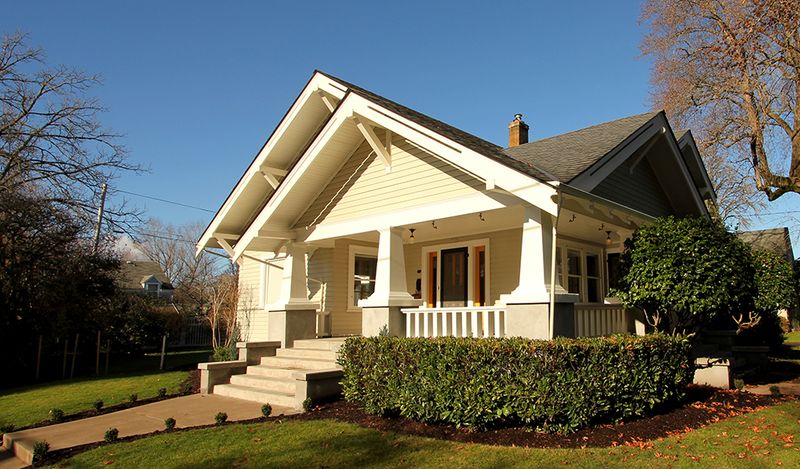
Nothing says “welcome home” quite like a Craftsman porch. Spacious enough for rocking chairs and porch swings, these outdoor living rooms create natural gathering spaces for families and neighbors alike.
Many homeowners find the porch becomes their favorite spot for morning coffee or evening conversations. Beyond mere aesthetics, these porches foster community connections while providing practical shelter from sun and rain.
3. Natural Wood Details

Stepping inside a Craftsman home means being surrounded by gorgeous woodwork that modern homes rarely match. Hand-crafted trim, built-ins, and exposed beams showcase natural beauty in every room.
Master carpenters once took immense pride in these details, creating unique patterns and designs. Even a century later, the quarter-sawn oak and rich mahogany retain their warm glow, proving that quality craftsmanship never goes out of style.
4. Built-In Cabinets and Benches
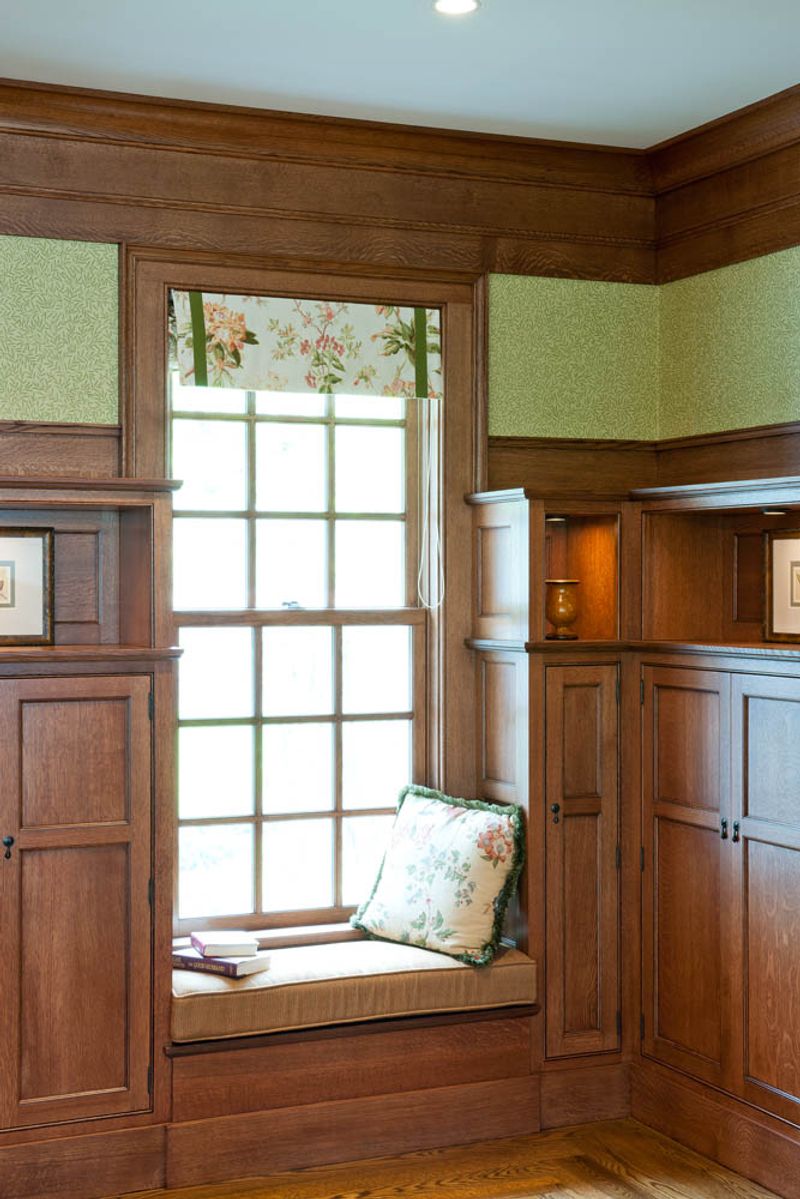
Clever storage solutions appear throughout authentic Craftsman homes, making them surprisingly practical for modern living. Window seats with hidden storage, dining room buffets, and bookcases flanking fireplaces maximize every inch of space.
Long before IKEA made built-ins popular, Craftsman designers were creating custom storage that blended seamlessly with the architecture. Even small Craftsman bungalows feel spacious thanks to these thoughtful space-saving features.
5. Open Yet Cozy Layouts
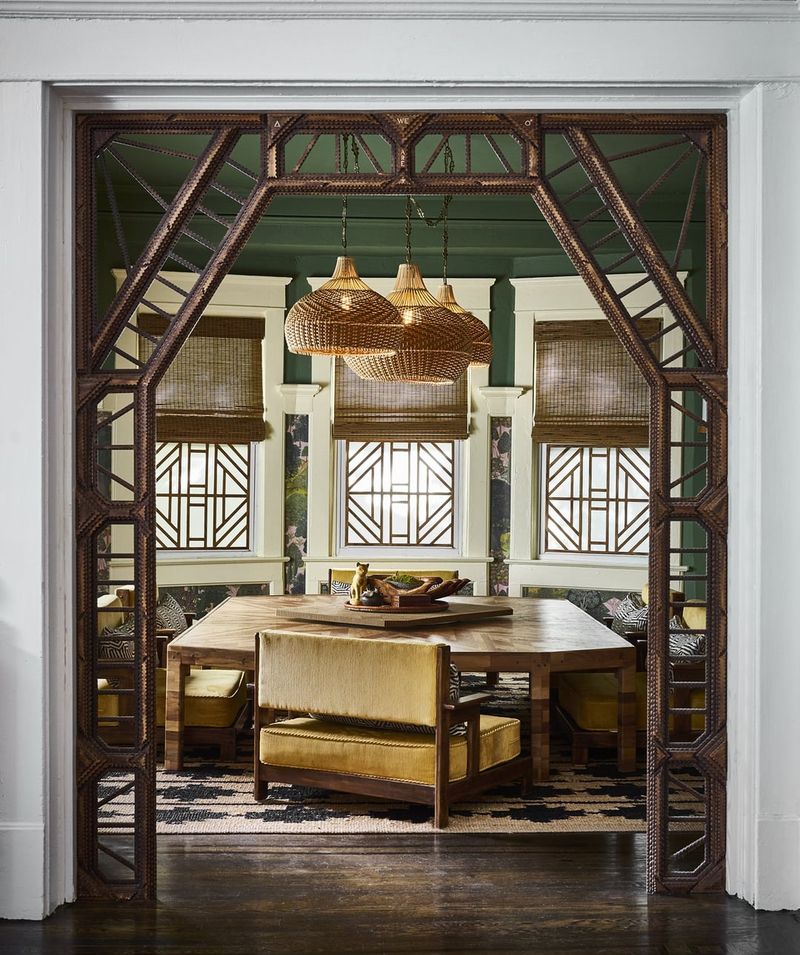
Before open concept was trendy, Craftsman homes struck the perfect balance between connection and definition. Rooms flow together through wide doorways while maintaining distinct purposes and intimate scale.
Wooden archways often frame the transitions between spaces, creating natural divisions without walls. Families appreciate how the layout allows togetherness while providing just enough separation for different activities happening simultaneously.
6. Exposed Beams and Rafters
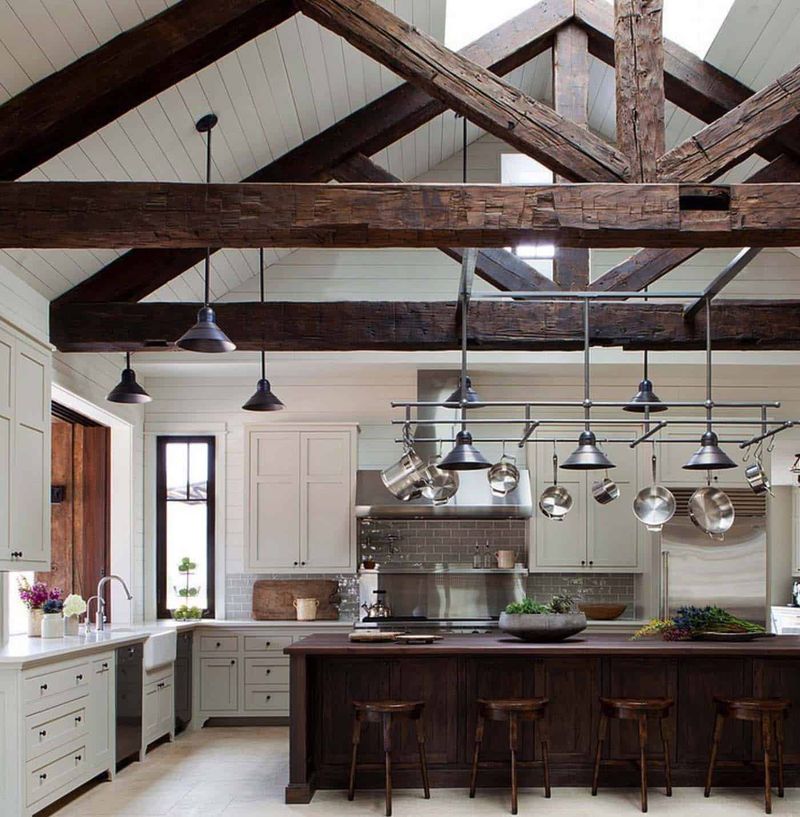
Looking up in a Craftsman home reveals architectural honesty that modern homes often hide. Exposed ceiling beams aren’t just decorative—they’re actual structural elements proudly displayed rather than concealed.
Original craftsmen believed in showing how things were made, not hiding construction behind drywall. Today’s homeowners love the character these elements add, creating visual interest overhead while connecting to authentic building traditions.
7. Handcrafted Elements
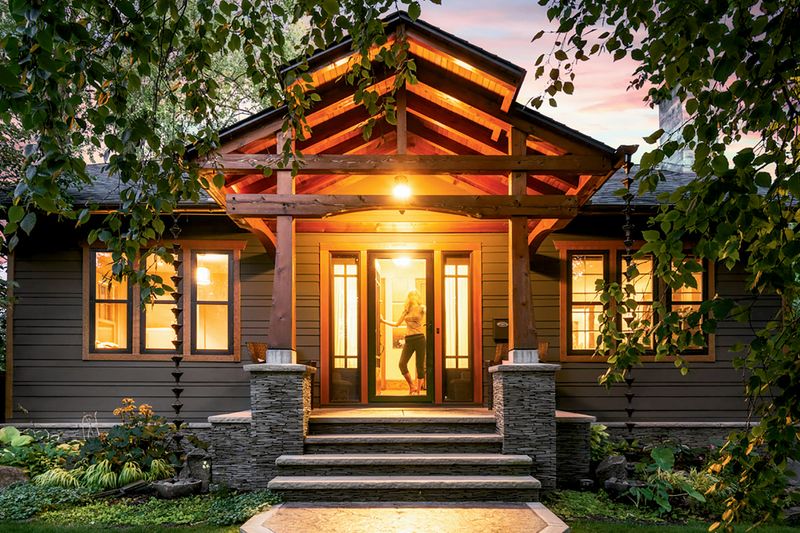
Each authentic Craftsman home contains countless details made by human hands rather than machines. From custom stained glass to hand-hammered copper fixtures, these personal touches give each house its unique character.
Artisans applied their skills to everything from fireplace tiles to doorknobs. Modern homeowners treasure these one-of-a-kind elements that tell stories of craftsmanship and care, standing in stark contrast to today’s mass-produced housing components.
8. Earth-Toned Color Palettes
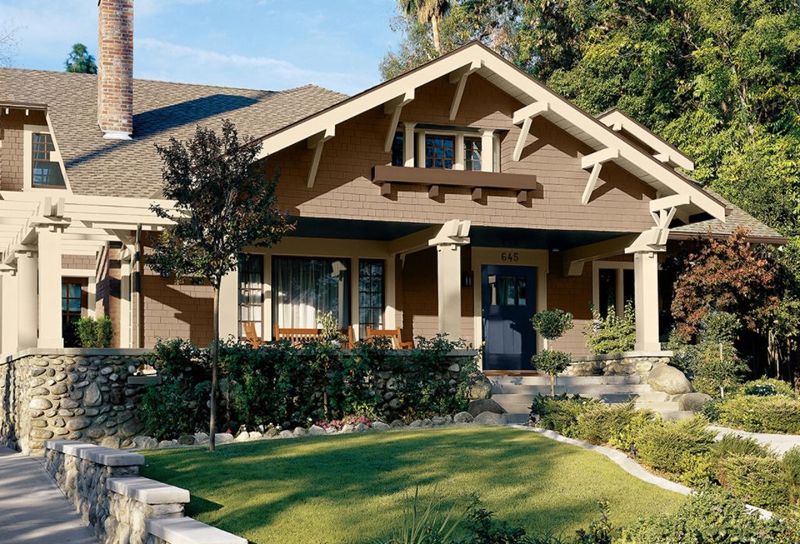
Warm, natural colors connect Craftsman homes to their surroundings in ways that feel instantly grounding. Olive greens, russet browns, and golden yellows mirror the natural world, creating harmony between structure and landscape.
Unlike the stark whites or bold colors of other styles, these earth-toned palettes feel timeless and restful. Many homeowners find these colors create an immediate sense of calm when they walk through the door.
9. Emphasis on Natural Light
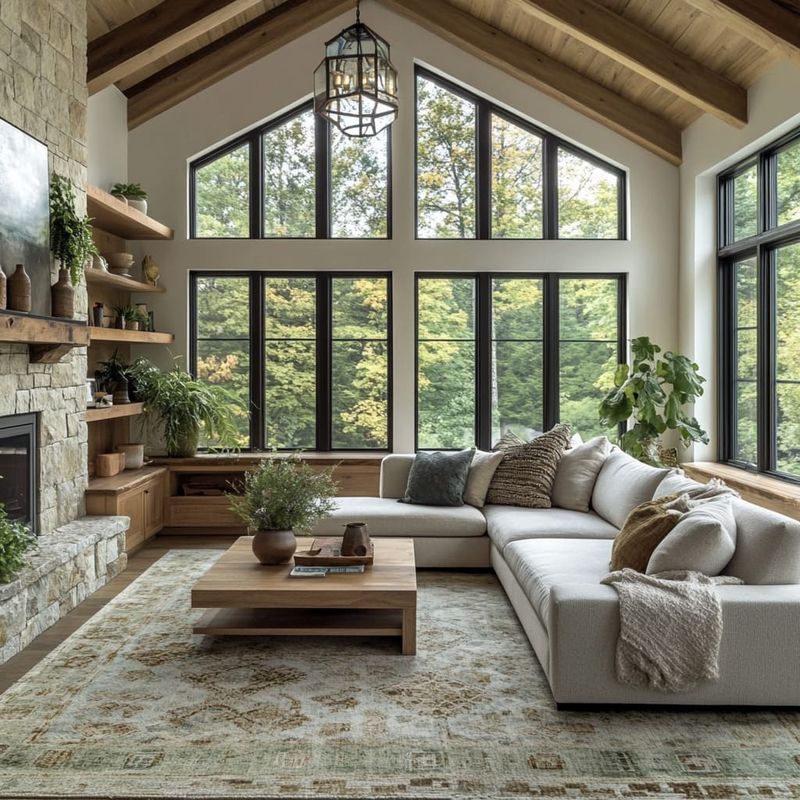
Multiple windows grouped together create bright, welcoming spaces in Craftsman homes without sacrificing privacy or energy efficiency. Often featuring distinctive divided-light patterns, these windows become architectural features themselves.
Morning sunshine streams through carefully placed east-facing windows, while afternoon light floods western rooms. Craftsman designers understood how natural light changes throughout the day, positioning windows to capture the best illumination for each space and activity.
10. Solid Construction Quality
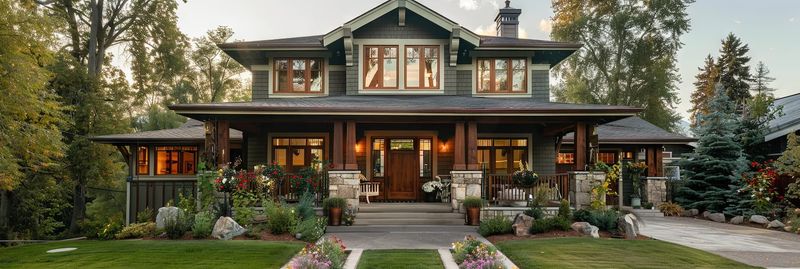
Slam a door in a century-old Craftsman home and you’ll notice the satisfying solidity missing from newer construction. Built during an era when quality trumped speed, these homes feature thick walls, sturdy foundations, and materials chosen for longevity.
Old-growth lumber, which is virtually unavailable today, provides exceptional strength and resistance to warping.
11. Functional Floor Plans
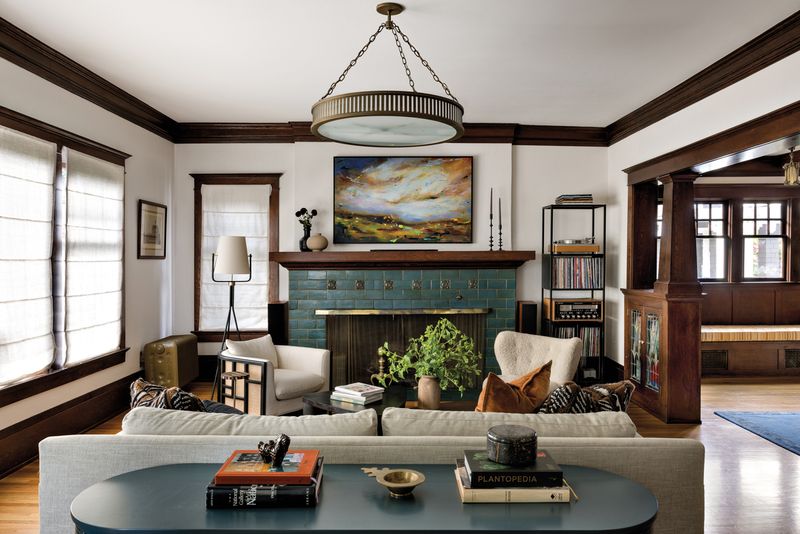
Practical layouts make Craftsman homes surprisingly suitable for modern living despite their age. Kitchens connect logically to dining areas, bedrooms offer privacy from living spaces, and entryways provide transitions from outside to in.
While modest in size by today’s standards, rooms feel appropriately scaled for their purpose. Some people find they actually prefer the efficient use of space compared to cavernous great rooms that waste heating and cooling.
12. Affordable Original Builds
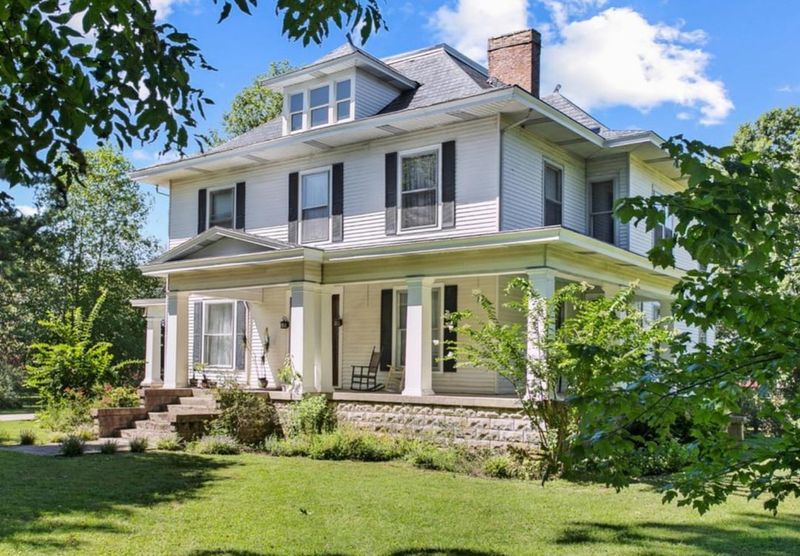
Back when first constructed, Craftsman homes represented an affordable option for America’s growing middle class. Companies like Sears even sold complete Craftsman home kits through mail-order catalogs, with all materials delivered by rail.
A typical family could build a quality Craftsman bungalow for around $900 in the early 1900s. This accessibility helped spread the style across the country, placing well-built homes within reach of average workers and fueling America’s homeownership boom.
13. Charming Dormer Windows
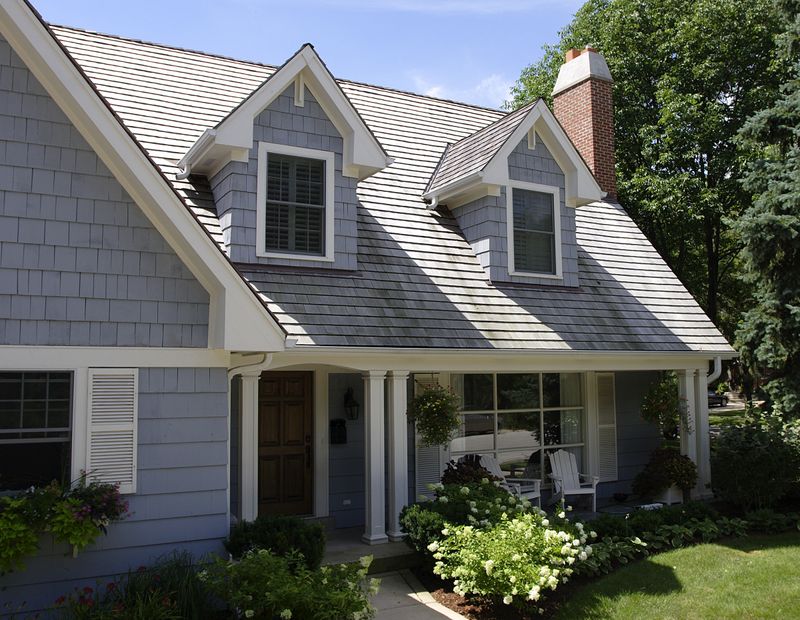
Popping up from sloped rooflines, dormer windows add character while making attic spaces more usable. Often featuring the same distinctive window patterns as the main floor, these architectural elements create visual interest and break up large roof expanses.
Dormers serve practical purposes by bringing light and ventilation to upper floors. A lot of them have have converted into cozy bedrooms, home offices, or playrooms, effectively gaining living space without expanding the home’s footprint.
14. Wide, Overhanging Eaves
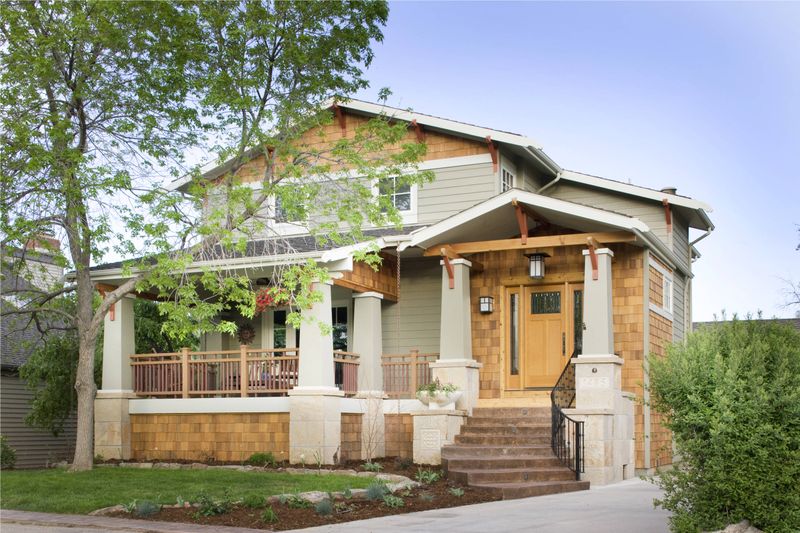
Extending well beyond exterior walls, the generous roof overhangs of Craftsman homes aren’t just visually pleasing—they’re highly functional climate control features. During summer, these deep eaves block direct sunlight from heating up windows and walls.
In rainy weather, the overhangs protect siding from water damage and create dry pathways around the home. Smart design like this explains why so many Craftsman homes have survived a century of weather extremes with their structural integrity intact.
15. Historical Neighborhood Presence
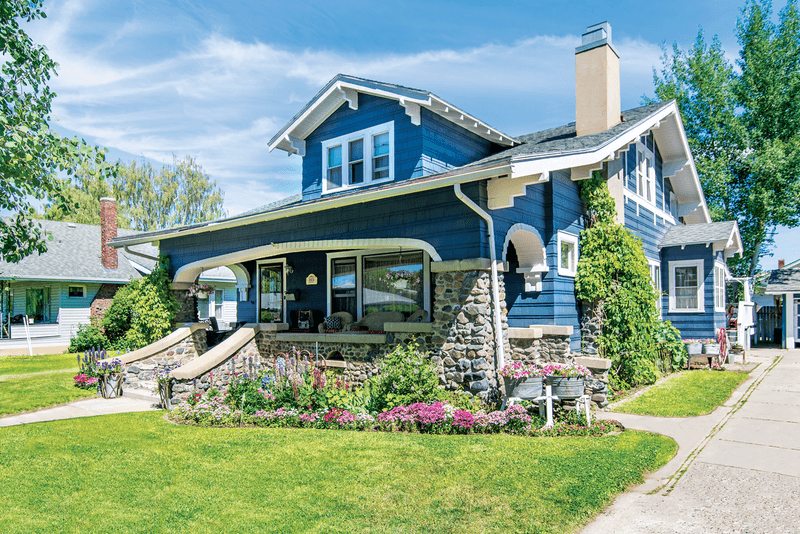
Entire neighborhoods of Craftsman homes create distinctive community character that residents fiercely protect. From Pasadena’s Bungalow Heaven to Chicago’s historic districts, these architectural groupings tell stories of American development during the early 20th century.
MWalking through these neighborhoods feels like stepping back in time, with harmonious streetscapes and architectural details that create a sense of place missing from newer subdivisions.
16. Easy to Personalize
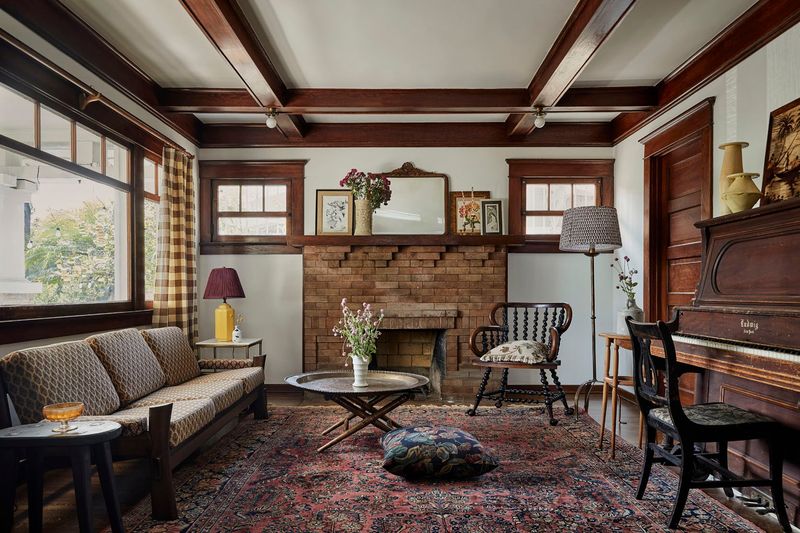
Adaptability keeps Craftsman homes relevant across generations of changing tastes. While respecting architectural integrity, owners can easily update interiors with personal style choices that complement rather than fight the original character.
Modest room sizes make redecorating affordable compared to larger homes. Craftsman style works beautifully with diverse décor approaches—from period-authentic Arts and Crafts to modern minimalism—making these homes perfect for expressing individual personality.
17. Rich Architectural Heritage
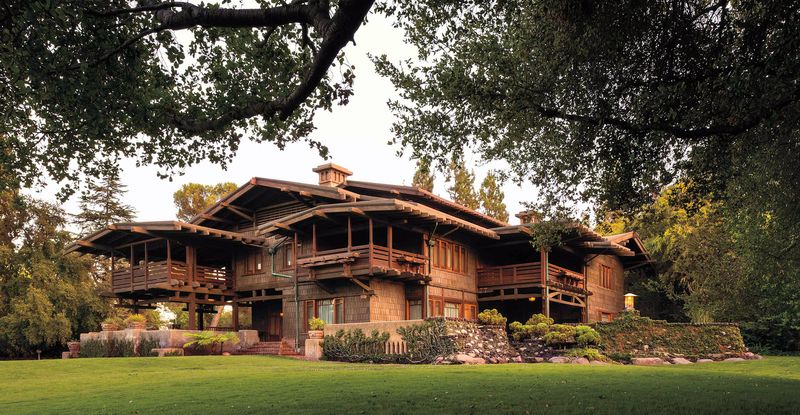
Rooted in the Arts and Crafts movement, Craftsman homes represent important American architectural history. Pioneers like Greene and Greene and Gustav Stickley created the style as a rejection of mass-produced Victorian excess, emphasizing handcraft and honest materials.
Owning a Craftsman means becoming part of this story and lineage. A deep appreciation often grows for the philosophy behind these homes, inspiring collectors to gather books and visit architectural landmarks to better understand the movement that shaped American housing.
18. Enduring Popularity with Renovators
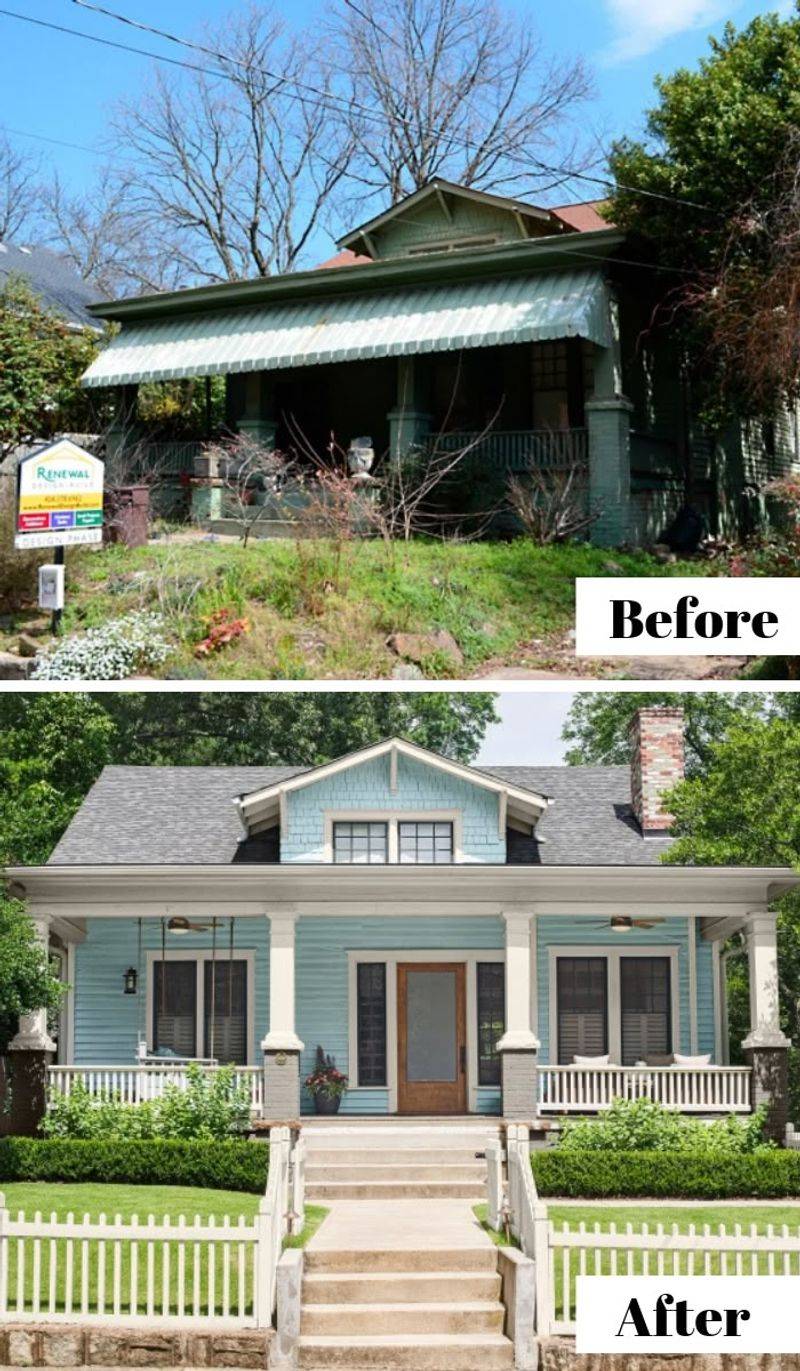
Flipping through home renovation shows reveals how frequently Craftsman homes feature as passion projects for restoration experts. Something about these houses inspires people to invest time and resources into bringing them back to glory.
When restored thoughtfully, Craftsman homes often increase significantly in value. Beyond financial returns, renovators describe emotional satisfaction in preserving architectural heritage. Lots of them develop lifelong appreciation for craftsmanship after experiencing the quality of materials and construction firsthand during restoration.

